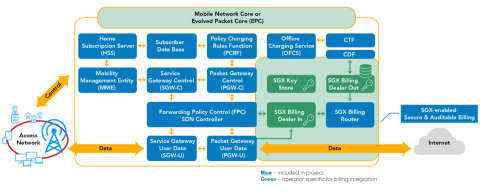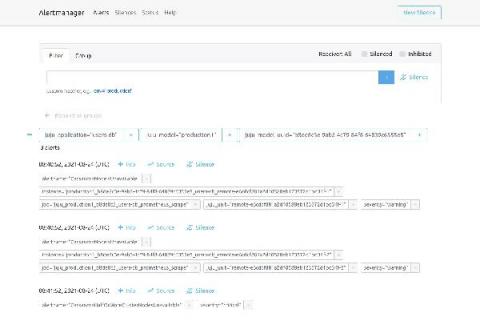Ubuntu 21.10: Release the party
There ain’t no party like an Ubuntu release party. You might think that you are a party animal, but have you seen an Impish Indri? Some time ago, it was common for the Ubuntu LoCos (local communities) to host and run ‘release parties’, meet-ups, and get-togethers where members of the wider community come together to talk about all things Ubuntu. This idea has somewhat disappeared. But what’s stopping it from coming back?









